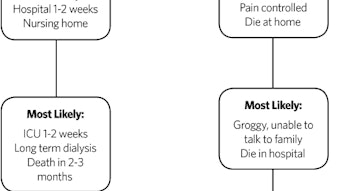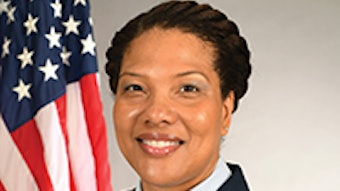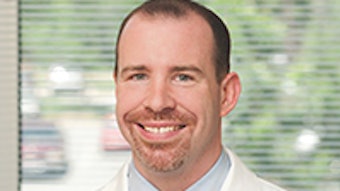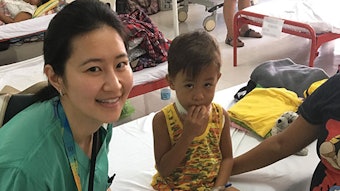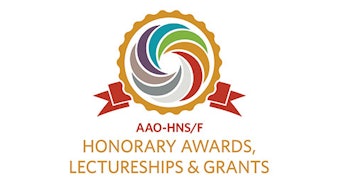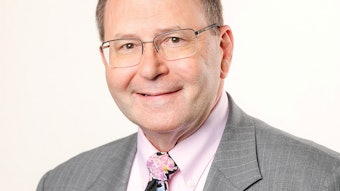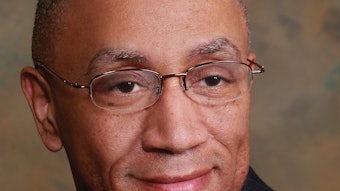Society Spotlight: Pressing Issues in Academic Practice and Organizational Initiatives
Residency training requirements are continuously evolving. Recently, the Accreditation Council for Graduate Medical Education instituted significant changes to the otolaryngology program requirements. First, the PG-1 year must now include six months of otolaryngology and six months of structured education on nonotolaryngology rotations.
Otolaryngology Program Directors Organization (OPDO)
Sonya M. Malekzadeh, MD, OPDO Chair
Residency training requirements are continuously evolving. Recently, the Accreditation Council for Graduate Medical Education instituted significant changes to the otolaryngology program requirements. First, the PG-1 year must now include six months of otolaryngology and six months of structured education on nonotolaryngology rotations. The proposed revision reduces education that is not in alignment with otolaryngology education goals and shifts the responsibility of basic surgical skills training to the otolaryngology faculty. The alternative specialty rotations must focus on the development of specific patient care skills essential for practicing otolaryngologists. This greater emphasis on earlier surgical and nonsurgical basic skills achievement during PGY-1 will allow for a higher level of proficiency in higher skills throughout the remaining residency years. The second change centered on the fact that more than 50 percent of otolaryngology residents pursue subspecialty fellowships. By initiating otolaryngology training earlier, residents would achieve milestones earlier and hence, senior residents would have the flexibility in the design of the final two years of residency to allow a subspecialty focus in the PG-5 year. This change may be beneficial to those hiring residents as well as to the residents themselves. The effectiveness of this shift in education emphasis is unknown and feedback from the otolaryngology community about new graduates’ readiness for practice will be very important.
This year, a task force explored the development of a comprehensive PGY-1 curriculum to assist residents and program directors with a standardized set of education modules. A needs assessment survey of program directors and residents identified unique topics that covered specific otolaryngology and nonotolaryngology knowledge, skills, and behaviors critical to the PG-1 year. The task force piloted goals and objectives for 10 otolaryngology topics with plans to develop education methods and strategies to accomplish these objectives.
Society for University Otolaryngologists (SUO)
Anand K. Devaiah, MD, SUO Past President
The Society for University Otolaryngologists (SUO) initiated and advanced numerous programs this year to address the needs of academic otolaryngologists, and we appreciate the opportunity to apprise you of some of them. SUO recognizes the value of simulation-based boot camps as a means of providing novice trainees with experiences to improve their technical and nontechnical skills. SUO took the recommendations of our Boot Camp Task Force, examining the feasibility and need for boot camps, built a partnership with the American Academy of Otolaryngology–Head and Neck Surgery Foundation and the American Board of Otolaryngology – Head and Neck Surgery, and moved this initiative forward. A Boot Camp Grant was also created to help support a coordinated network of regional simulation-based boot camps with structured curricula.
The Education Innovation Grant was established, supporting research congruent with SUO’s mission, such as education methods, professional development, future workforce needs, gender equality, diversity, and other areas. A Task Force for Medical Student Education was also established to explore the ways SUO can educate and attract medical students, working in coordination with other societies. To embrace the ways SUO can grow by taking a more global perspective, we created a new international category of membership to welcome academic otolaryngologists from around the world.
A very productive year for SUO was capped by a record-setting annual meeting in November. We explored the different paradigm shifts facing academic otolaryngologists and how we will both contribute and adapt to them. We were delighted to hear from our colleagues and our keynote speaker, Jonathan Woodson, MD, an internationally recognized leader in healthcare innovation from Boston University.
Association of Academic Departments of Otolaryngology Head & Neck Surgery
Jeffrey M. Bumpous, MD, AADO President
The Association of Academic Departments of Otolaryngology-Head & Neck Surgery (AADO) represents the Academic Departments of Otolaryngology-Head and Neck Surgery in the United States and Canada. We have Spring and Planning Meetings at COSM, and our Annual Meeting is part of the SUO-AADO-OPDO meeting. Like most organizations in healthcare and education, we continue to evolve. We work hard to prepare department chairs and departments for optimization in complex healthcare and education environments. We focus on helping chairs and departments to understand and have valuable tools in structuring sound financial models for now and the future. One example is our Annual Productivity Survey that looks at clinical productivity (wRVU) data in academic departments. We also work with ASCENT, the otolaryngology-head and neck surgery administrator group, to conduct, analyze, and distribute this survey.
AADO has also concentrated on departmental leadership development. We have sponsored an annual leadership panel at our fall meeting concentrating on aspects of leadership formation and development. During the November 2019 meeting, the panel concentrated on perspectives and skills in negotiation in academic otolaryngology, in which we were fortunate to be challenged by Linda Kaboolian, PhD, from Harvard University, a nationally respected authority on negotiation skills. We promote a healthy leadership pipeline for academic units for the future by this commitment to development. Furthermore, we have a new chairs group that meets with our Chair Development Committee led by Paul W. Flint, MD, to help mentor new chairs in otolaryngology-head and neck surgery. We additionally continue to monitor the pipeline of trainees and faculty into otolaryngology-head and neck surgery (including the otolaryngology National Resident Matching Program), emphasizing ways to increase diversity, promote excellence, integrate optimal systems and technology, and collaborate with our sister organizations in otolaryngology-head and neck surgery to maintain the vitality and excellence of this important specialty.



